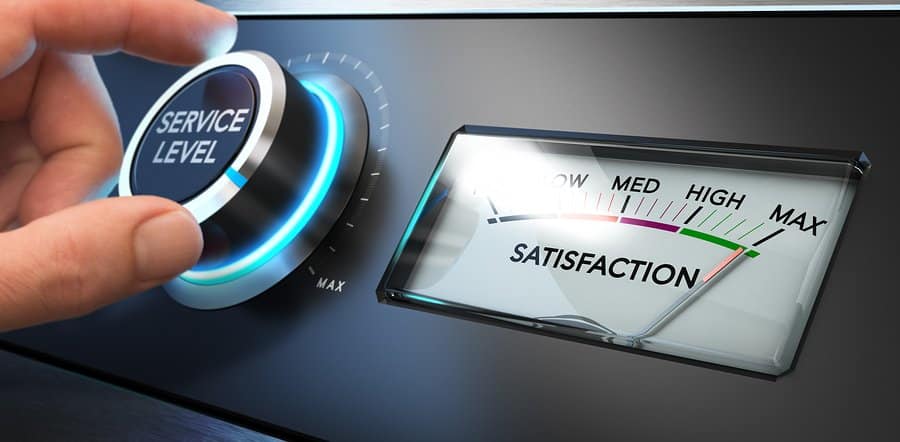
Effective Customer Service Is Quantized Customer Service
Source: Bigstock
A few weeks ago I wrote about the importance of effective customer service. But how do you know if you are delivering that? And what channels -- phone, email, chat, social media, etc. -- should you emphasize? How about innovations like chatbots, intelligent agents, and other automated systems? Measuring customer service breaks down into two general areas: satisfaction metrics based on customer attitudes and performance metrics based on support staff behavior. The CSAT Metric T...
HELLO!
This premium article is exclusively reserved for Subscription Insider PRO members.
Want access to premium member-only content like this article? Plus, conference discounts and other benefits? We deliver the information you need, for improved decision-making, skills, and subscription business profitability. Check out these membership options!
Learn more about Subscription Insider PRO memberships!
Already a Subscription Insider PRO Member?
Please Log-In Here!








